While the Class Teacher provides the Main Lesson each day, each class interacts with and enjoys the experience of a wide range of specialist subject teachers on a daily basis and throughout their Primary School years.
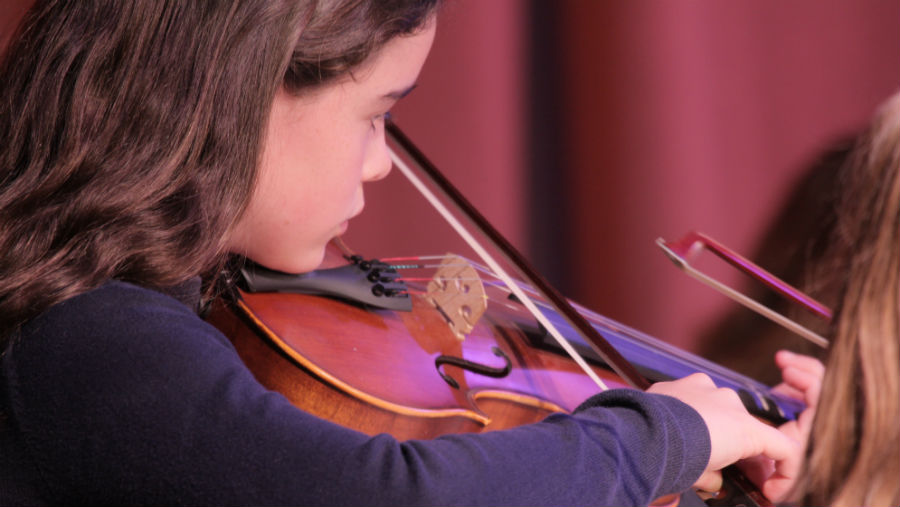 Through an integrated and holistic music program, we seek to create and encourage a school culture in which joyous, enlivened musical activity is embedded into the daily experience of every student and teacher across the whole school. To achieve this, we:
Through an integrated and holistic music program, we seek to create and encourage a school culture in which joyous, enlivened musical activity is embedded into the daily experience of every student and teacher across the whole school. To achieve this, we:
- Provide a classroom music and instrumental program that is informed by the anthroposophical picture of child development and is connected to and reflective of the core classroom curriculum content and seasonal festivals.
- Provide a dynamic instrumental, classroom and choral program that provides a solid musical foundation that balances the social nature of music making with development of the art form of music.
The Music Program has an Instrumental Program Coordinator, High School and Primary School Classroom Teachers and a team of Instrumental Music teachers who run ensembles across the program.
From Class 3 through to Class 7, students have the opportunity to experience rehearsing and performing as part of a string ensemble alongside their classroom music lessons, daily singing and individual or small group instrumental lessons. Each class string ensemble has the opportunity to perform at an assembly throughout the year, and from time to time will combine with another class to make up a larger ensemble. The Primary School gathers each year for a Music Concert where the class string ensembles and extension ensembles all perform for each other and for parents. The ensembles and individual students have further performance opportunities at school festivals and other school events.
All High School Students participate in music ensemble every week. An example of the options available to students are as follows;
- String Ensemble. (this does require the ability to play an orchestral string instrument, violin, viola, cello or double bass). The orchestra plays at an intermediate level and is best suited to students who have played a string instrument for several years.
- Jazz Ensemble. Similar to the string ensemble, this ensemble plays at an intermediate level and would require some ability on a jazz related instrument. Saxophone, trumpet, clarinet, trombone, bass guitar, electric guitar or drum kit.
- Guitar ensemble. This ensemble plays at a beginner to intermediate level. It is preferred that students have had some guitar experience before joining this ensemble or are taking lessons on the guitar.
- Percussion Ensemble. This great ensemble requires no prior experience. Students perform in a drum circle and learn a variety of world rhythms and compositions.
- Vocal Ensemble. This choir also requires no experience. Just a willingness to sing and have a go. Fantastic group for anyone that loves to sing.
- Ukulele Ensemble. This ensemble is another group that requires no experience. Just a great attitude and a willingness so strum and sing.
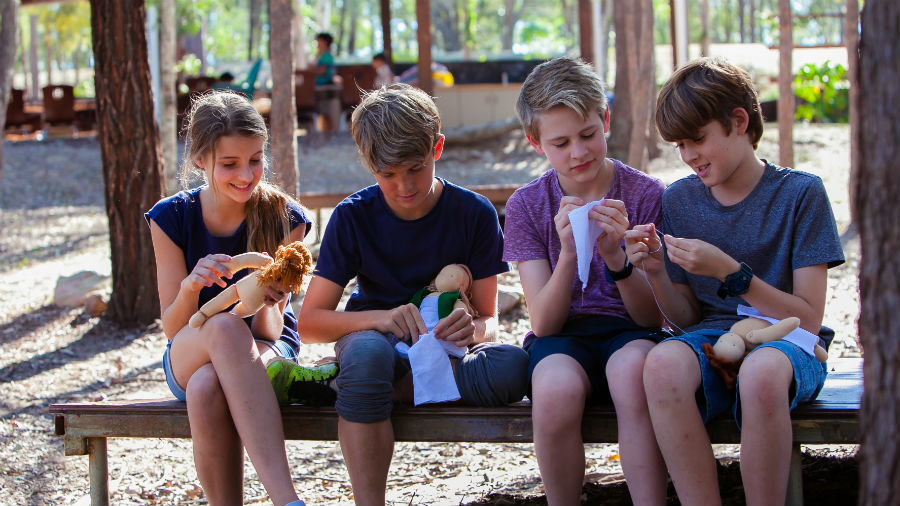
Working with our hands to create items needed for life has long been an integral aspect of the general education of the human being. Although disappearing from the modern western world, mastering traditional handcrafts is still recognised as a significant aspect of human development in many cultures. Historically, craftwork has arisen out of necessity, however it is clear when we observe hand crafted items that aesthetic sensibility is also of significance for the craftsman. This important meeting of beauty and function is what lies at the heart of the handwork program in a Steiner school. Over the full span of their schooling the students, through the Design Technology curriculum, develop their aesthetic sense working with colour, design and form, learn how to respond practically to natural materials and develop a wide variety of manual skills. Rudolf Steiner, when speaking of handwork in the school curriculum, indicated that the purpose was not to train weavers, potters, etc., but rather for the student, by practicing such work, to be able to stand securely on leaving school, with a basic confidence for managing the practical affairs of life. The craft lessons require students to sustain their effort and interest in a project over an extended period of time; they must find the will to see the process through to its completion. The development of this kind of perseverance has obvious application in and benefit for all other areas of school work and life.
Hard Craft in the High School
Technology has evolved over the ages through the necessity of finding creative solutions to address needs arising from human activity and endeavour. Students’ creative capacities and will-based intelligence thrive when they use their hands. The intricate fine motor skills that enable them to create are hard won. It takes time and effort to become an artisan such as a blacksmith, joiner or cabinet maker and the Design Technology Curriculum enables students to develop fundamental, practical skills as an artisan before they use more complex technologies.
With this in mind, creating artisans is not the primary function of the Hardcraft program. The curriculum is designed to help students investigate and understand the nature of natural, hard materials such as timber, metal, bone and glass. They will learn a variety of techniques for differing situations and understand grain, hot and cold metalworking, the fracturing nature of glass and bone. Beyond this the transferrable skills are many such as developing their will-based intelligence in the constant and laborious work of some projects, the joinery instills accuracy, attention to detail and fine motor skills and they create supremely useful and beautiful objects that can stay with them for life. The senior students investigate the design process and project management skills, creating a well-rounded program that is applicable for all in their future life.
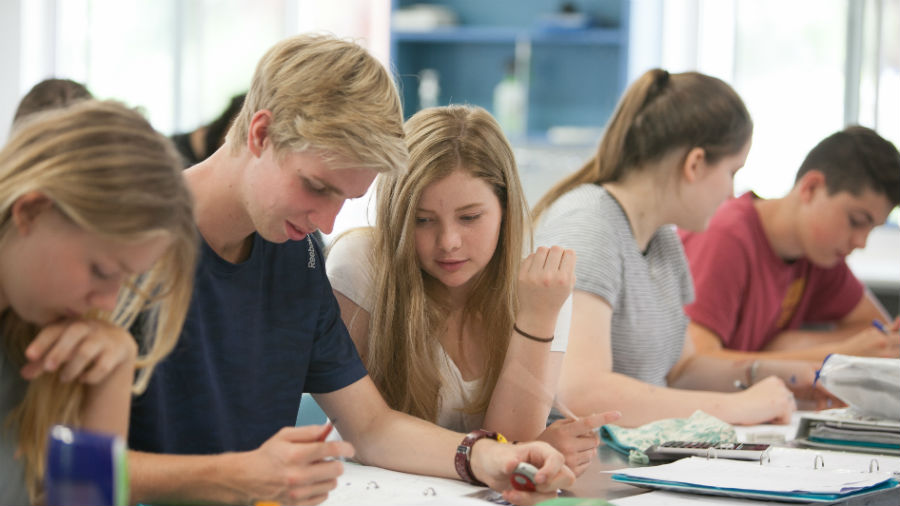 “Each language penetrates us differently and reveals human nature in a different way, which is why we must complement the effect of the mother tongue with other languages.”
“Each language penetrates us differently and reveals human nature in a different way, which is why we must complement the effect of the mother tongue with other languages.”
Rudolf Steiner
The study of a foreign language cultivates the experience of speech sound, rhythms and intonation that are different from English. By giving the children the experience of another language, they have the opportunity to experience the world from a different cultural perspective and the ‘universal human’ element is cultivated. German is the second language taught at Samford Valley Steiner School.
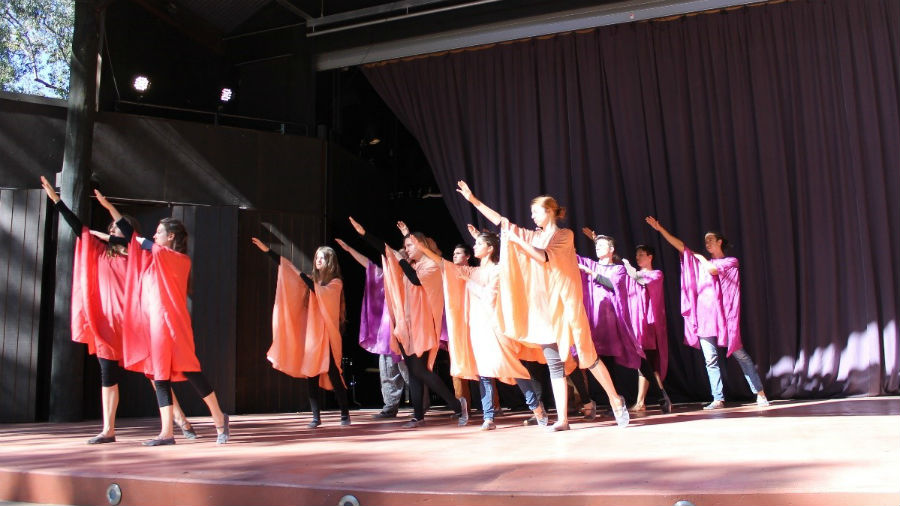 Eurythmy is a genuinely new movement art that was initiated by Rudolf Steiner just one hundred years ago. It encompasses many dance movement skills, but it isn’t just dance. The arm gestures express the qualities and character of all the different sounds in speech, or of the different elements of music: pitch, melody, rhythm, major, minor. However, the language or music is silent: transformed instead into movement. Movement, speech and music are three core expressions of human culture, (of all that lifts us beyond our simply animal nature) that have profound educational and healing propensities. So, from the earliest days of the first Steiner School eurythmy was included in the curriculum as an essential medium for supporting and fostering the healthy physical, social, artistic development of the children both as individuals and as class communities.
Eurythmy is a genuinely new movement art that was initiated by Rudolf Steiner just one hundred years ago. It encompasses many dance movement skills, but it isn’t just dance. The arm gestures express the qualities and character of all the different sounds in speech, or of the different elements of music: pitch, melody, rhythm, major, minor. However, the language or music is silent: transformed instead into movement. Movement, speech and music are three core expressions of human culture, (of all that lifts us beyond our simply animal nature) that have profound educational and healing propensities. So, from the earliest days of the first Steiner School eurythmy was included in the curriculum as an essential medium for supporting and fostering the healthy physical, social, artistic development of the children both as individuals and as class communities.
Pacifica College of Eurythmy is delivering a Eurythmy Training Program in part on site at Samford Valley Steiner School. The advanced students contribute to the Eurythmy experience of SVSS students through practicum blocks and lessons. SVSS students and the community also enjoy the opportunity of regular Eurythmy performances by Pacifica.

Growing food is perhaps one of the most important and fundamental practices a human being can do in their daily lives. Many of us in modern life have little opportunity to engage in this simple and satisfying activity. Learning how to produce what one needs to live through physical work and a little bit of planning, instils in the child a sense of confidence in the world.
The Garden program also captures a large part of the waste stream here at school and sequesters it into the soil via composting and worms. Sometimes, when children need a break from their classes, the garden is a perfect spot for them to come and have some time out.
The Gardening curriculum at Samford Valley Steiner School is present in some way throughout the school from Kindergarten to Class 10. The program requires an exercise of will on the part of the students as most of the work is physical and out of the classroom. It aims to be developmentally appropriate and to lead the student from a feeling of the goodness of gardening to a more intellectual understanding of production, processes, and landscape. Students have the opportunity to deepen their relationship with the natural world. In the younger years, the children work in their gardening lessons to plant and harvest seasonal vegetables, grow herbs and flowers, maintain garden beds, identify and remove weeds.
As a part of a Steiner school the gardening curriculum takes cues from Biodynamic practices. Not only are organic practices strictly adhered to but more subtle rhythms and interactions are sought and harnessed for the benefit of plant, animal and human life. Each class in the middle and high school has a particular focus which guides the program:
- Class 6 – Food Gardening. Cooking. Native bees.
- Class 7 – Soil preparation Compost making, Vegetable growing. Seedling raising.
- Class 8 – Weather Observations Qualitative, Vegetable Growing for school cooking, home consumption and donation to community
- Class 9 – Weather Observations Quantitative, Bees, Vegetable Growing for school cooking, home consumption and donation to community. Culinary herb propagation, drying.
- Class 10 – Trees and landscaping. Community service. Revegetation. Grafting.
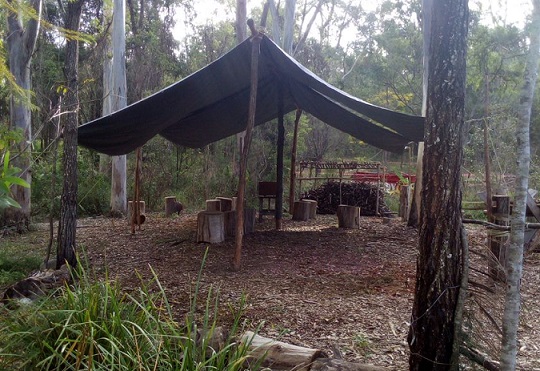
The core learning intention behind the Outdoor Classroom is to understand value via an intrinsic connection to the process of raw material to end product. This is the underlying principle of economics itself and also key to truly understanding the environment and the sustainability concerns of the modern world. Further learning includes teamwork, nature connection, a sense of pride in one’s abilities, resilience and a whole variety of crafting skills and hand literacy promoting gross and fine motor skills and manipulation and transformation of material. Materials used in the outdoor classroom, by its very nature, are largely found in nature.
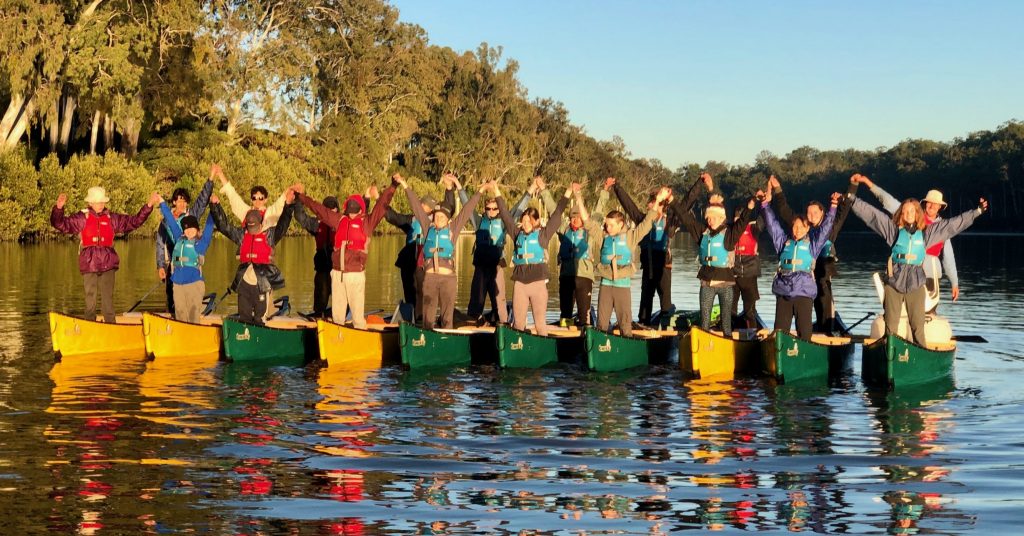
Outdoor Education at Samford Valley Steiner School begins in Class 3 and is much more than bushwalking and camping – it is a part of the fabric of our school curriculum. Each camp is essentially an outdoor classroom designed to enrich the Main Lesson to which it forms a part. The camp program also brings another unique set of learning experiences, arising from the challenges and adventures the students meet in the outdoor setting.
Children growing up in this world experience an enormous array of influences, information and technologies. Many aspects of city life are wonderful and are to be enjoyed and celebrated. However, our lives and those of our children have become complex and separated from the natural world. We believe nurturing a connection to the natural world is of profound importance in the healthy development of our students.
The Outdoor Education curriculum helps students to:
- Enrich and deepen Main Lesson content
- Look both outward and inward
- Build self-esteem and confidence in their capacity to be self-reliant
- Define wants versus needs
- Develop greater self-awareness in a social context
- Experience a supportive group fabric
- Gain insight into sustainability
The Outdoor Education program helps students to connect with themselves, others and amazing wild places in this part of the world.
